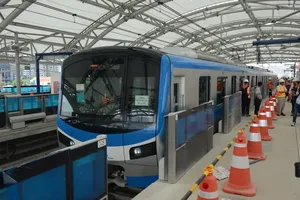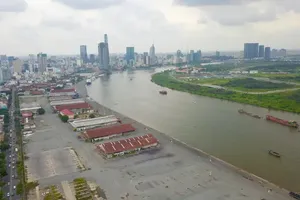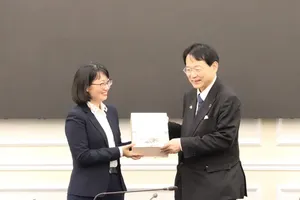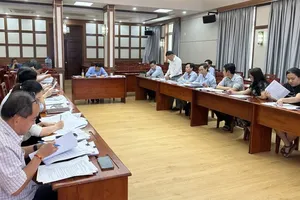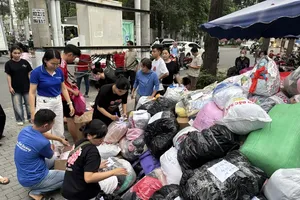
1992 was the year HCMC started to carry out the poverty reduction program. At that time, the city had 121,722 poor families accounting for 17 percent of the total households in the city.
At the end of the first phase of the program in the end of 2003, more than 1,600 families were certified poor households.
In the next stage, from 2004, the city has had over 89,000 low-income families and in the third phase in 2008, the number of destitute families rose to 152,300. In the four phase, from 2014, the city has reported 132,600 poor and near-poor households while from 2016, the number of poor and near-poor households has dropped to 115,000.
Currently, the city has nearly ended the fifth phase of the program with 5,000 impecunious households whereas in the next phase, the city projects to have 100,000 poor and near-poor households. As such, ten years passed by, the number of poor and near-poor households fluctuated from 100,000 to 150,000 households.
It proves income of poor people has not been improved as quick as other groups in the society (the society has five groups of income).
There has been nearly no chance for the group of lowest income in the society to earn more.
One of the most successes of the city’s poverty reduction plan is that the gap between wealthier households and less well-off ones is narrowing; However at present, the gap tends to widen. According to Master Le Van Thanh who used to work in the HCMC Institute for Development Studies said that the gap between the rich and poor in the city increased from 6.5 times in 2013 to 6.6 times in 2014 and 7.37 times in 2015.
In reality, the gap is wider because many wealthier people refused to give answers of their income, said Mr. Thanh.
Looking at the house of affluent people and moneyless people, the disparity is visible when the houses of wealthy people much bigger than poorer people. Around 49 percent of wealthiest people have many houses and land while just 8 percent of penniless people have.



